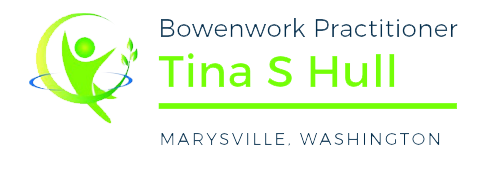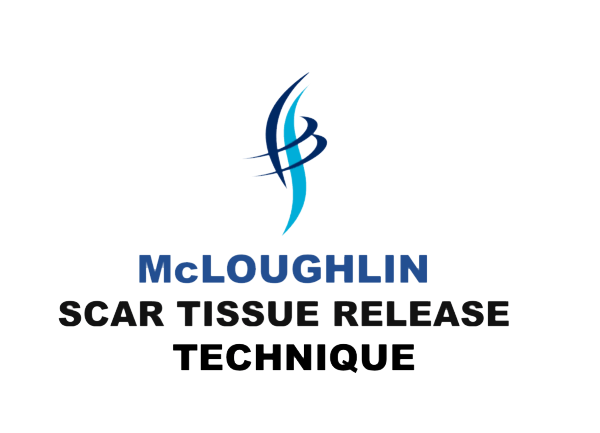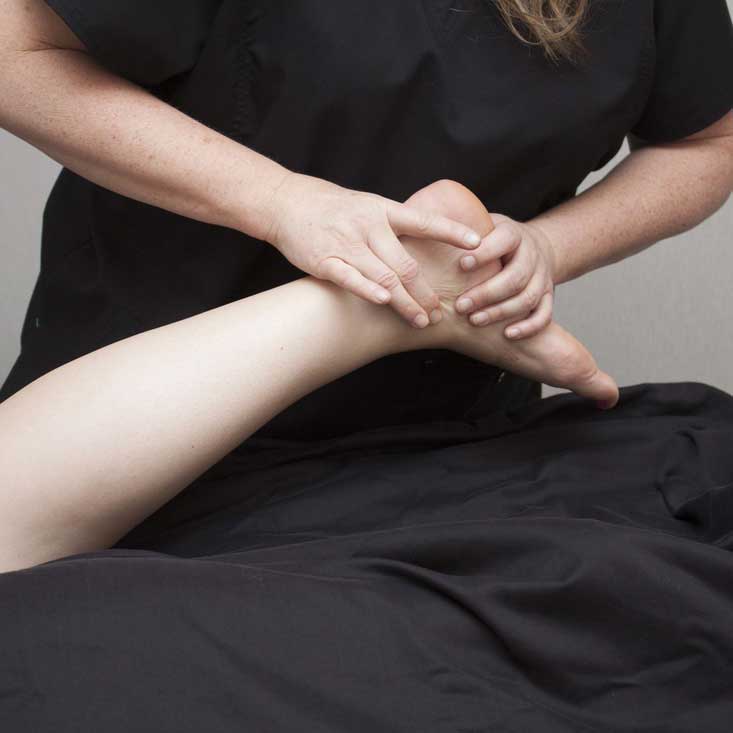
Bowenwork Therapy Practitioner: Tina S. Hull, LMT PBP
Experience True Pain Relief With The Bowenwork Technique
Marysville Bowenwork Therapy: What is it?
The Bowenwork® technique: How it works & where it came from
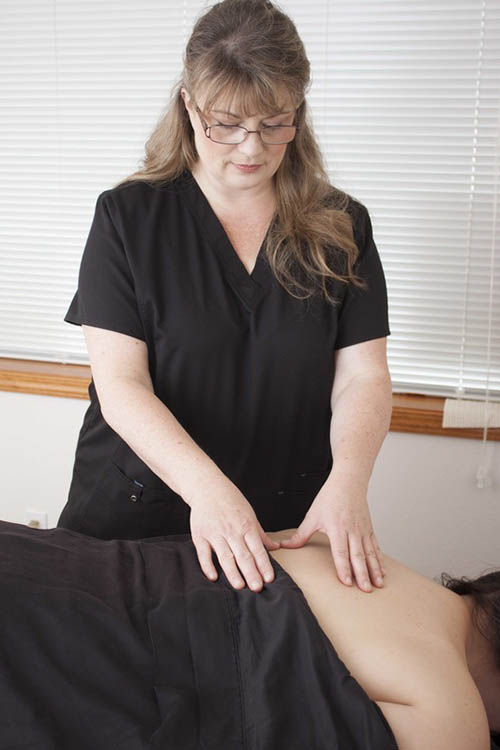
Although Bowenwork has both manipulative and energetic components, it is neither massage nor energy work. It is a distinct practice that requires a unique skill set and specialized training.
Bowenwork was developed in Australia by the late Tom Bowen. His expertise advanced from skillful sports injury treatments to proficiency in pain elimination. The Bowenwork technique also revealed results with common ailments and dysfunctions. Interest in these specialized techniques drew others to study Bowenwork methodology.
The Bowen Technique (also known as Bowtech – the Original Bowen Technique and Bowenwork) is a dynamic system of muscle and connective tissue therapy. Sometimes called the homeopathy of bodywork, it utilizes subtle inputs to the body (known as moves), engaging the body’s innate corrective mechanisms.
Bowenwork® is a system of touch that initiates a series of responses through stimulation of the nervous, musculoskeletal, fascial and energetic systems of the human body. Practitioners perform sequences of these small stimulating, “moves”, on specific points on the body, followed by required rest periods which process and integrate the changes. The Bowenwork moves stimulate mechanoreceptors (nerve endings) that overlie both muscles and acupoints.
The body’s response to this stimulation, which begins during the rest periods, includes a balancing of the autonomic nervous system and changes in the musculoskeletal system in the direction of increased symmetry. These effects, in turn, remove blockages to the free flow of energy in the body. When the body’s nervous and energetic systems are in balance, its physical, emotional and mental functions are able to return to a healthy state.
How Did The Bowenwork Technique Get Started?
Watch the video to find out: "These Two Hands"
Positive Changes After Bowenwork
• Feeling more calm and relaxed
• Reduction or elimination of pain and/or other symptoms
• Improved digestion and elimination
• Decreased muscle spasms
• Healing of old injuries and traumas
• Improved posture and gait
• Increased circulation and lymph flow
• Increased stamina
• Deeper diaphragmatic breathing
• Decreased inflammation and swelling
What You Can Expect Between Sessions:
Your participation in your aftercare accelerates your healing, which requires fewer sessions, and therefore fewer dollars, to create change. We recommend:
• Allowing yourself to be restful the first 24 hours, this facilitates your body’s ability to release and rebalance
• Drinking plenty of water (amount needed varies from person to person) allows your body to expel built-up toxins and hydrates the body which increases its ability to function with greater capacity
• Taking daily walks relieves stress and aids your structural re-balancing
• Sitting less than 30 minutes at a time supports re-patterning and structural integration
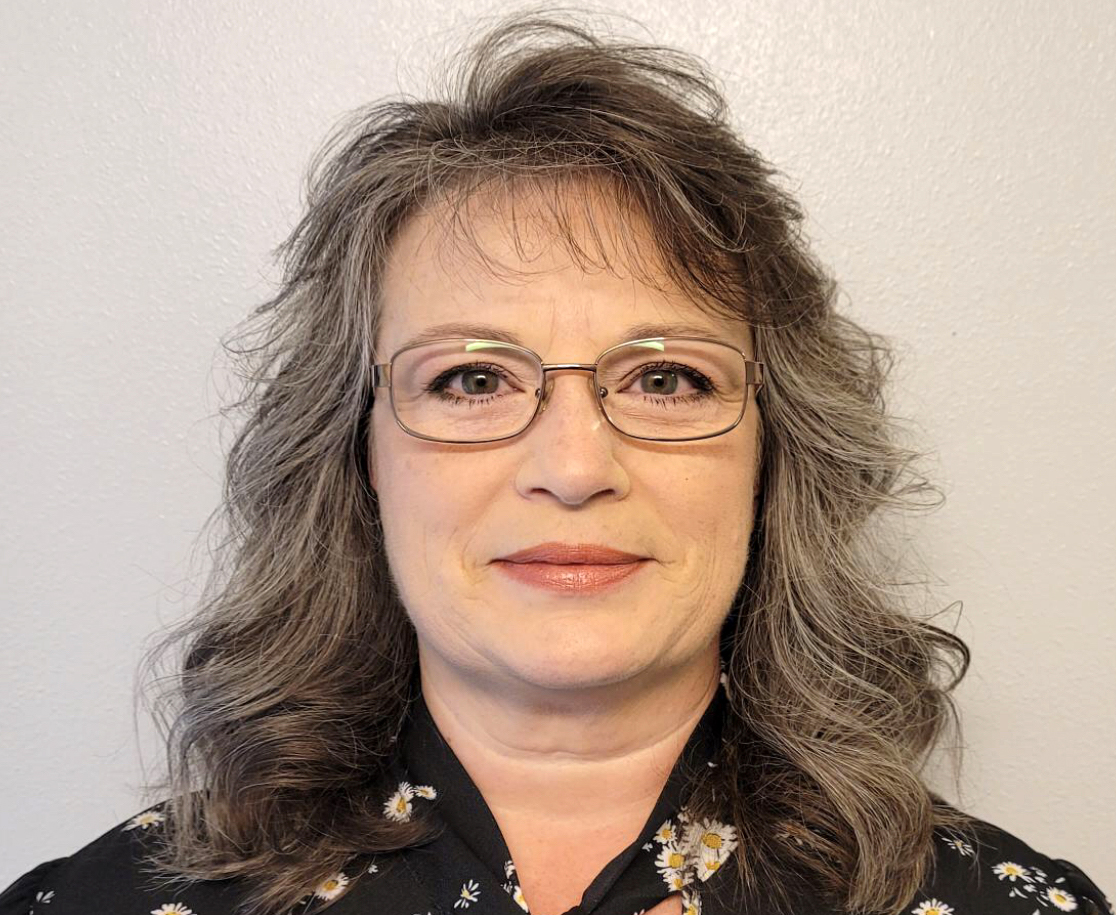
Meet Your Practitioner: Tina S. Hull
I was witness to a tragic accident involving the death of a family member. Bowenwork brought me out of shock in a matter of minutes and I was able to cope even while grieving. That experience lead me to give Bowenwork a try for chronic back and neck issues. I've had immeasurable success.
Gail L - Greater Seattle
I’ve tried so many different therapies for years, three sessions and no more migraines!! I still can’t believe it and neither can my husband.
T. Kirk - Marysville
The doctor said they never expected me to get this much range of motion in my neck’, I’m off all prescription pain-killers now!
Brian I. - Yakima
The Philosophy and Practice of Bowenwork:
"Less Is Best"
In line with Bowenwork’s philosophy of “Less is best,” practitioners aim to provide only enough inputs to elicit the body’s healing response. The number of inputs and length of the rest periods are determined for each client during each session; hence sessions do not have a fixed duration but rather can vary from a few moments to an hour, with the rest periods generally taking more time than the hands-on work.
With thermal imaging, active changes can be seen taking place as far out as 13 days following a Bowenwork session. Typically sessions are therefore scheduled a week or two apart to allow these processes to complete before providing new input, with optimum benefit being at the seven-day mark. The client is given self-care advice about staying appropriately hydrated, performing targeted gentle exercises daily, and seeking advice from other health-care providers as needed.
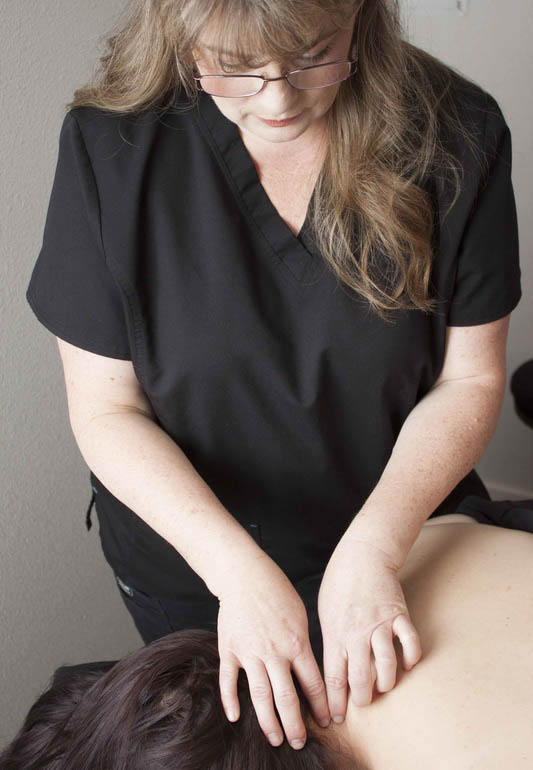
Some Of The Benefits Of Bowenwork
Conditions that are seen to respond well include:

